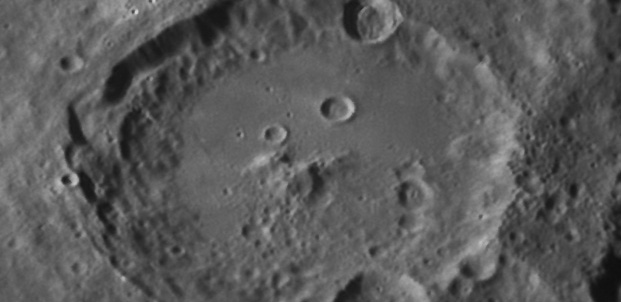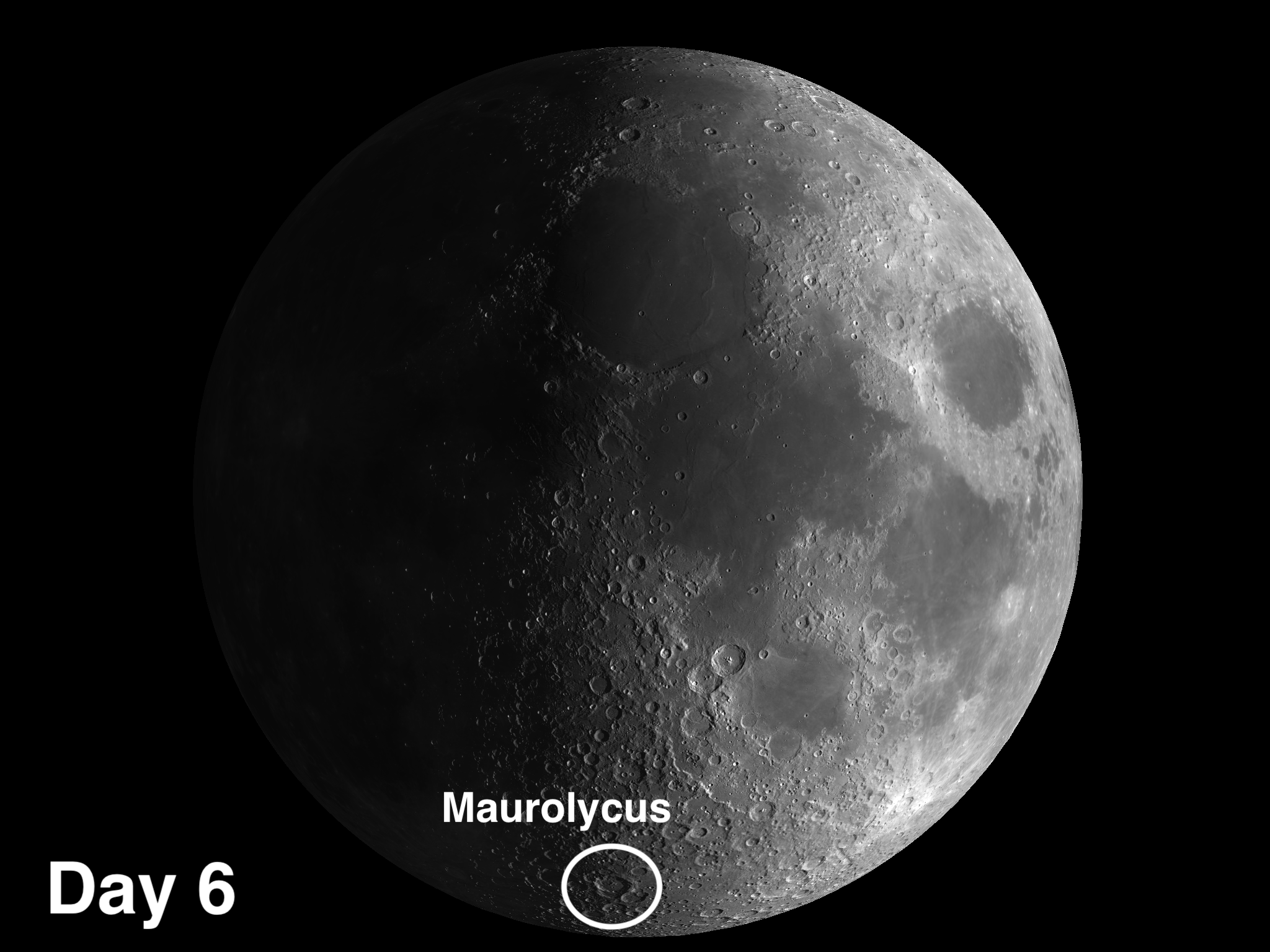
Lunatic’s Corner: Crater Maurolycus
February 2023 :
Lunatic’s Corner is a bi-monthly column discussing all things lunar with origins in Skyscrapers Lunar Observing Program group.
Crater Maurolycus was named for a Sicilian astronomer named Francesco Maurolico. Born in 1494 to immigrants from Greece, Maurolico was well educated and had many accomplishments in mathematics, astronomy, and music. He became a priest in 1521 and wrote several books on optics, conics, geometry, and astronomy. He was the first to publish a proof using mathematical induction.
He described a method for measuring the circumference of the earth that was later used by Picard to measure the meridian in 1670. Maurolico made many astronomical observations, and it was later discovered that he had observed the supernova of 1572 (Tycho’s Supernova) five days before Tycho Brahe. Francesco Maurolico was a staunch believer and defender of the geocentric (earth-centered) theory of the universe. He once wrote a scathing rebuke of Nicholas Copernicus’ heliocentric (sun-centered) model and suggested that he deserved a scourge or a whip rather than a refutation. He lived in Sicily most of life, with short stays in Rome and Naples and died in 1575 during an epidemic of the plague.
The crater named for him, Maurolycus, is in the southern highlands close to the limb. It is one of the largest and most conspicuous in this area. It measures about 68 miles across and contains a wide variety of lunar features. The famous 19th century lunar astronomer Thomas Elger said, “This unquestionably ranks as one of the grandest walled plains on the Moon’s visible surface, and when viewed under a low sun presents a spectacle which is not easily effaced from the mind.” He goes on to correctly remark that Maurolycus, “includes ring plains, craters, crater rows and valleys – in short, almost every type of lunar formation.”
Some of the most prominent features include a steep eastern wall that may reach 14,000 ft., several craters that have destroyed the crater walls in the north and south, crater rows on the floor, and central mountains with some bright peaks. It is best observed on lunar days 6-7 (first quarter) and days 18-19 (waning gibbous). For amateur astronomers, Maurolycus is one of the most spectacular craters to view and is worthy of many nights of observation. See how many features you can spot on this quite complicated crater.


Michael Corvese is a confirmed lunatic of many years regardless of his recent interest in lunar observing.



